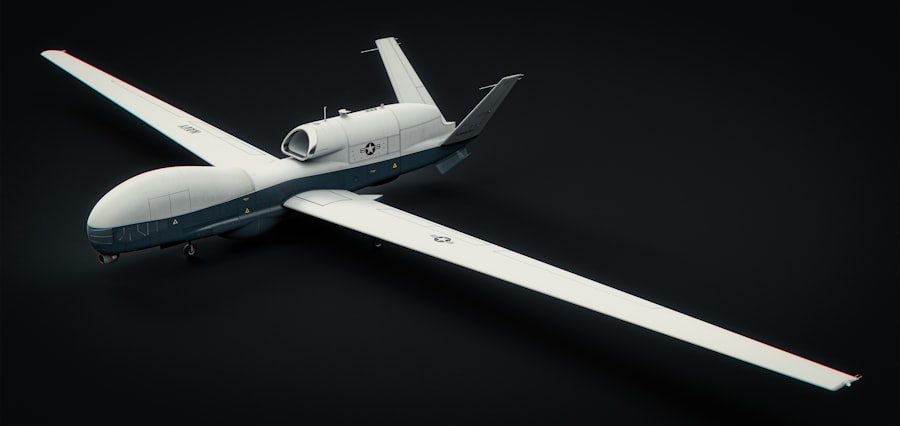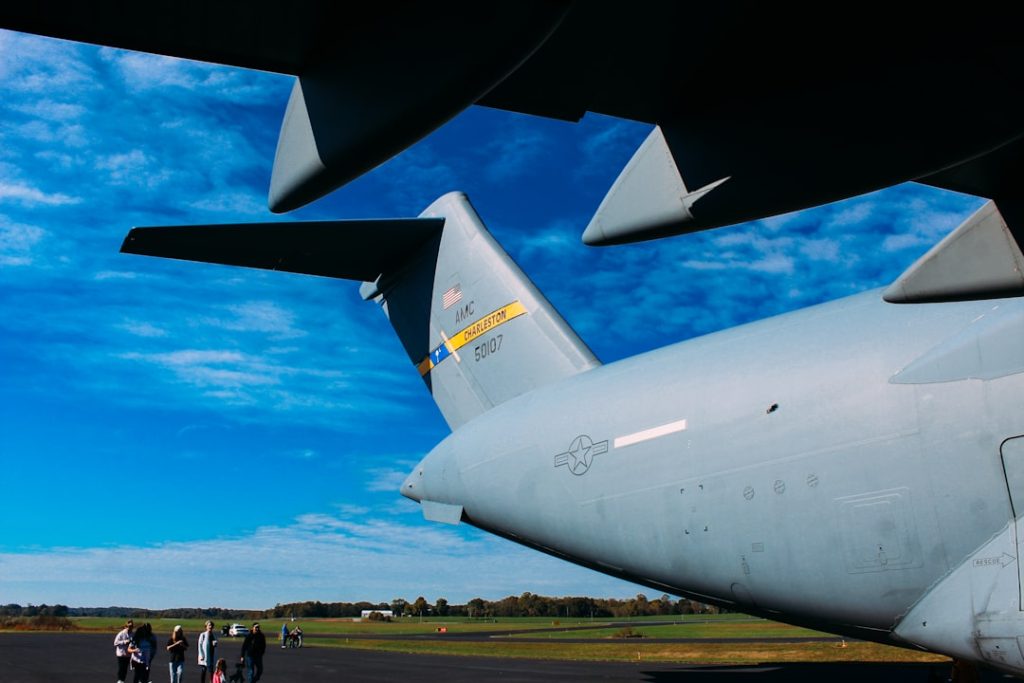The aerospace fastener market is a critical segment of the broader aerospace industry, encompassing a wide range of fastening solutions essential for the assembly and maintenance of aircraft and spacecraft. Fasteners, which include bolts, nuts, screws, rivets, and other components, play a pivotal role in ensuring the structural integrity and safety of aerospace vehicles. The market has evolved significantly over the years, driven by advancements in technology, increasing demand for lightweight materials, and stringent safety regulations.
As air travel continues to grow globally, the need for reliable and efficient fastening solutions becomes ever more pronounced. The aerospace fastener market is characterized by its complexity and the high standards required for performance and reliability. Fasteners must withstand extreme conditions, including high temperatures, corrosive environments, and significant mechanical stresses.
This necessitates the use of advanced materials and manufacturing techniques. Furthermore, the market is influenced by trends in aircraft design, such as the shift towards composite materials and the increasing emphasis on fuel efficiency. As a result, manufacturers are continuously innovating to meet the evolving demands of aircraft manufacturers and operators.
Key Takeaways
- The aerospace fastener market is a crucial component of the aerospace industry, providing essential hardware for aircraft assembly and maintenance.
- Current trends in aerospace fastener technology include the use of lightweight materials, advanced coatings, and 3D printing for customized fastener designs.
- Growth opportunities in the aerospace fastener market are driven by increasing aircraft production, maintenance, repair, and overhaul activities, and the demand for fuel-efficient aircraft.
- Key players in the aerospace fastener industry include companies like Arconic, LISI Aerospace, 3V Fasteners Company, and Precision Castparts Corp.
- Challenges and risks in the aerospace fastener market include supply chain disruptions, counterfeit products, and stringent regulatory requirements for quality and safety standards.
Current Trends in Aerospace Fastener Technology
One of the most significant trends in aerospace fastener technology is the increasing adoption of lightweight materials. Traditional fasteners made from steel are being replaced or supplemented with alternatives such as titanium and aluminum alloys, which offer comparable strength while significantly reducing weight. This shift is particularly important in the aerospace sector, where every ounce counts in terms of fuel efficiency and overall performance.
For instance, titanium fasteners are not only lighter but also exhibit excellent corrosion resistance, making them ideal for use in harsh environments. Another notable trend is the integration of advanced manufacturing techniques such as additive manufacturing (3D printing) into the production of aerospace fasteners. This technology allows for the creation of complex geometries that were previously impossible to achieve with traditional manufacturing methods.
By utilizing 3D printing, manufacturers can produce customized fasteners that meet specific design requirements while minimizing waste and reducing lead times. This innovation is particularly beneficial for low-volume production runs or specialized applications where standard fasteners may not suffice.
Growth Opportunities in the Aerospace Fastener Market

The aerospace fastener market is poised for substantial growth in the coming years, driven by several key factors. One of the primary growth opportunities lies in the increasing demand for commercial aircraft. As global air travel continues to expand, airlines are investing in new aircraft to accommodate rising passenger numbers.
This surge in aircraft production directly correlates with an increased need for fasteners, as each aircraft requires thousands of individual fastening components. According to industry reports, the commercial aviation sector is expected to see a compound annual growth rate (CAGR) of over 4% through the next decade, providing a robust market for fastener manufacturers. Additionally, the growing focus on sustainability within the aerospace industry presents another avenue for growth.
Manufacturers are increasingly seeking eco-friendly materials and processes to reduce their environmental impact. This trend has led to a rise in demand for fasteners made from recyclable materials or those that can be produced with lower energy consumption. Companies that can innovate in this space will likely find themselves at a competitive advantage as airlines and manufacturers prioritize sustainability in their procurement strategies.
Key Players in the Aerospace Fastener Industry
| Company Name | Market Share (%) | Revenue (in millions) | Number of Employees |
|---|---|---|---|
| 3V Fasteners Company, Inc. | 5.2 | 120 | 300 |
| Alcoa Fastening Systems | 8.7 | 280 | 500 |
| Stanley Engineered Fastening | 12.4 | 400 | 800 |
| LISI Aerospace | 9.8 | 350 | 600 |
The aerospace fastener industry is populated by several key players that have established themselves as leaders through innovation, quality, and reliability. Companies such as Boeing, Airbus, and Lockheed Martin not only manufacture aircraft but also play a significant role in the supply chain for aerospace fasteners. These major manufacturers often collaborate with specialized fastener companies to ensure that their products meet stringent safety and performance standards.
In addition to these aerospace giants, there are numerous specialized fastener manufacturers that focus exclusively on this niche market. Companies like Arconic, LISI Aerospace, and Precision Castparts Corp. have developed extensive expertise in producing high-performance fasteners tailored for aerospace applications.
These firms invest heavily in research and development to stay ahead of technological advancements and regulatory changes, ensuring that they can meet the evolving needs of their customers.
Challenges and Risks in the Aerospace Fastener Market
Despite its growth potential, the aerospace fastener market faces several challenges and risks that could impact its trajectory. One significant challenge is the volatility of raw material prices. The cost of metals such as titanium and aluminum can fluctuate dramatically based on global supply and demand dynamics.
Such volatility can lead to increased production costs for fastener manufacturers, which may ultimately be passed on to customers in the form of higher prices. This situation can create tension between manufacturers and aircraft producers who are under pressure to keep costs down. Another risk factor is the stringent regulatory environment governing the aerospace industry.
Fasteners must comply with a myriad of international standards and certifications to ensure safety and reliability. Navigating this complex regulatory landscape can be challenging for manufacturers, particularly smaller firms that may lack the resources to invest in compliance measures. Additionally, any failure to meet these standards can result in costly recalls or legal liabilities, further complicating operations within the market.
Regulatory and Environmental Factors Impacting the Aerospace Fastener Market

Regulatory factors play a crucial role in shaping the aerospace fastener market. Various international organizations, including the Federal Aviation Administration (FAA) and the European Union Aviation Safety Agency (EASA), establish stringent guidelines that govern the design, manufacturing, and testing of aerospace components. Compliance with these regulations is not only mandatory but also essential for maintaining safety standards within the industry.
Manufacturers must invest significant resources into quality assurance processes to ensure their products meet these rigorous requirements. Environmental factors are also increasingly influencing the aerospace fastener market. As global awareness of climate change grows, there is mounting pressure on industries to adopt sustainable practices.
The aerospace sector is no exception; companies are being urged to minimize their carbon footprints through more efficient manufacturing processes and sustainable sourcing of materials. This shift towards sustainability is prompting fastener manufacturers to explore eco-friendly alternatives and invest in technologies that reduce waste and energy consumption during production.
Innovations and Advancements in Aerospace Fastener Materials and Design
Innovation within the aerospace fastener market is driven by ongoing research into new materials and design methodologies. One area of significant advancement is the development of composite fasteners that leverage advanced polymers reinforced with fibers such as carbon or glass. These composite materials offer excellent strength-to-weight ratios while providing resistance to corrosion and fatigue—qualities that are highly desirable in aerospace applications.
Moreover, advancements in fastening technologies are also reshaping design approaches within the industry. For example, self-locking fasteners that utilize innovative mechanisms to prevent loosening under vibration are gaining traction among manufacturers seeking enhanced reliability. Additionally, smart fasteners equipped with sensors that monitor structural integrity in real-time are emerging as a game-changer for maintenance practices in aviation.
These innovations not only improve safety but also reduce maintenance costs by enabling predictive maintenance strategies.
Future Outlook for the Aerospace Fastener Market
Looking ahead, the future of the aerospace fastener market appears promising as it adapts to emerging trends and challenges within the industry. The continued expansion of commercial aviation will drive demand for new aircraft and subsequently increase the need for high-quality fastening solutions. Furthermore, as manufacturers increasingly prioritize lightweight designs to enhance fuel efficiency, there will be a growing emphasis on innovative materials that can deliver both performance and sustainability.
In addition to commercial aviation, advancements in space exploration present new opportunities for aerospace fastener manufacturers. With private companies like SpaceX and Blue Origin leading initiatives to develop reusable rockets and spacecraft, there will be an increased demand for specialized fasteners capable of withstanding extreme conditions encountered during space travel. As these trends unfold, companies that invest in research and development while remaining agile in their operations will be well-positioned to capitalize on growth opportunities within this dynamic market landscape.


